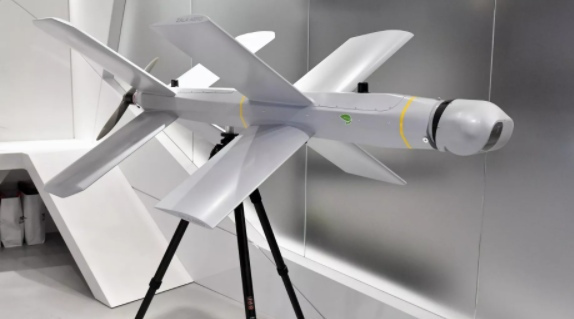On Tuesday or even earlier, an explosive-laden Russian drone struck the Dolgintsevo base near Kryvyi Rih and damaged a MiG-29 fighter jet on the runway. Despite claims to the contrary from some observers, there is no reason to believe that we are dealing with a montage or staging, according to Forbes.
The MiG, one of dozens in Ukrainian service, might be able to be repaired. However, that is not the real problem.
The real problem is that one-way Russian kamikaze drones now have a range of more than 45 miles. That’s the distance between Dolgintsevo air base and the front line in southern Ukraine.
Both Russian and Ukrainian forces use small, one-way drones to target enemy air defences, artillery, supply convoys and armoured vehicles – and sometimes even individual infantrymen in dugouts and trenches.
The Russian Lancet is one of the most numerous and most effective drones with an explosive device. But until now, the basic model of the Lancet “Product 51”, weighing only 25 pounds, had a range of no more than 25 miles.
Thus, Ukraine’s main airbases – and the dozens of MiGs and Sukhois based at them – were beyond the reach of the tiny drones.
But the Kremlin is developing longer-range Lancets and does not hide it. Russian propagandists back in August advertised a new “Product 53” with a range of over 45-mile. The Sputnik website called it “the next step in the evolution of the Lancet.” According to the developers, it will be “nearly impossible” to stop it.
The strike on the MiG at Dolgintsevo airfield could have been the new Lancet’s combat debut. Equally alarming is the fact that a second drone observed the Lancet attack from above. This suggests that the air defence at the AFU base was either inactive or out of action.
The Lancet with a range of 45 miles could threaten not only the MiGs at Dolgintseve, but also any other Ukrainian warplanes at the Voznesensk reserve base in the Mykolaiv region. To mitigate the threat, Ukrainian Air Force strategists could move equipment to more northern bases, increase air defence cover for the most vulnerable facilities, or place aircraft on the ground in shelters – or do all three.
The Ukrainian Air Force before now was able to stay one step ahead of Russian forces. Due to early warning of major Russian missile strikes, commanders had enough time to disperse aircraft and crews to remote airfields or even highways.
And according to Gen. James Hecker, commander of U.S. Air Forces in Europe and Africa, Ukrainian pilots “almost never take off from an airfield and land at the same airfield.”
These protective measures significantly reduced the threat to the Ukrainian Air Force from Russian bombing raids. But the introduction of the new, more promising Lancet increases it again. However, this problem the Ukrainians certainly will try to solve before their secondhand European F-16s start arriving later this year.
